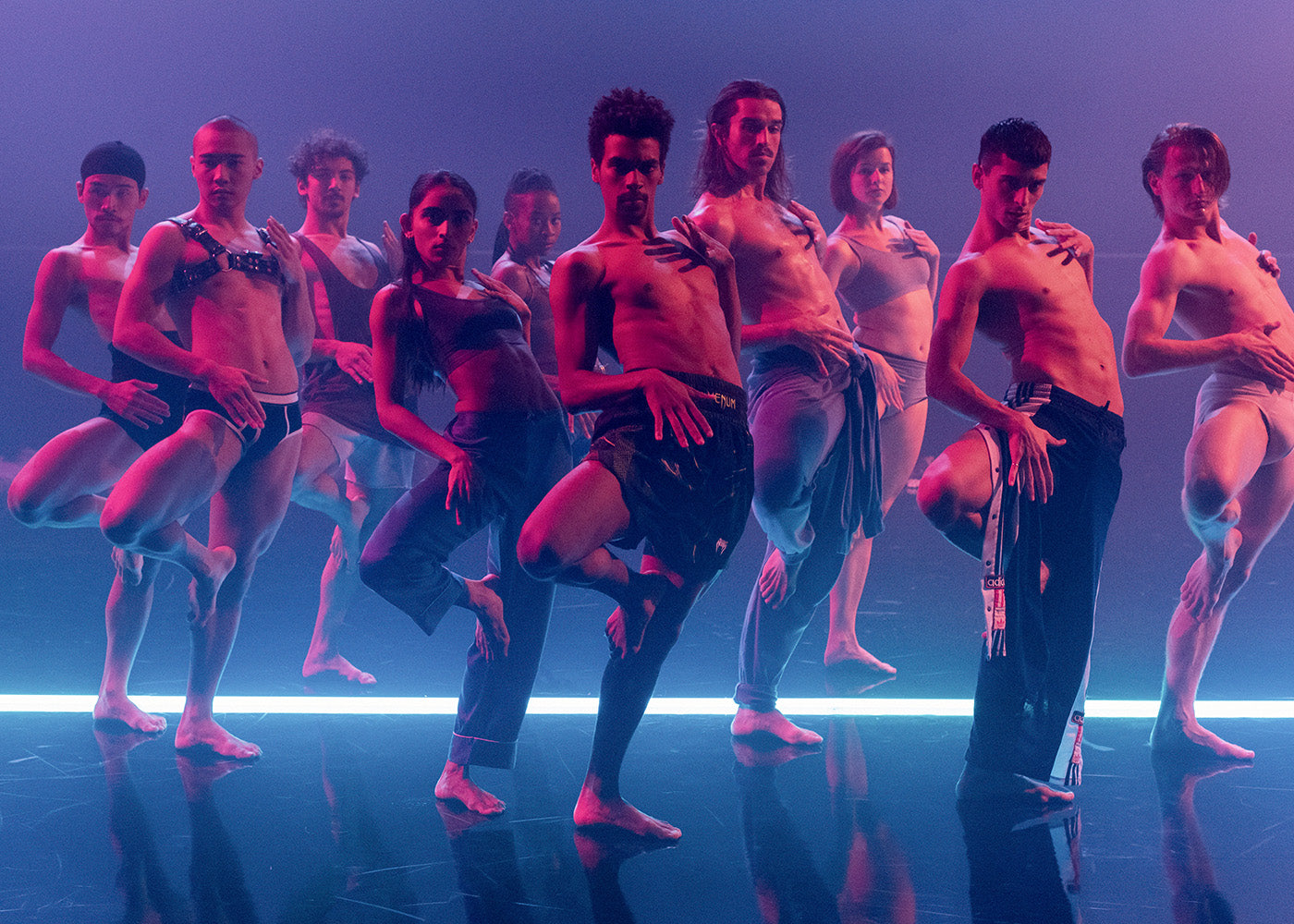Dancing and Screaming Against the Sky
“Profanations,” created by choreographer Faustin Linyekula and music artist Franck Moka, is not a “just” dance piece: it’s a live concert, a cinematic séance.
Continue Reading
World-class review of ballet and dance.
In 1975, Laura Mulvey first came up with the term “the male gaze,” where the assumption, particularly within the media, was that those consuming and watching most art forms were male, or male identifying, hence the need for women being represented as mere window dressing and sexually appealing objects. This was largely ubiquitous in film, art, pop videos and on fashion runways—even in dance productions. However, with strides being made in contemporary society in recognising that gender is largely a construct, and that it's no longer about male and female, but rather than gender can also be trans, fluid and/or non-binary, said male gaze is becoming increasingly redundant and reductive. With choreography from Marne and Imre van Opstal, Eye Candy for Rambert plays with this idea.

Rambert in Marion Motin’s “Rouge.” Photograph by Camilla Greenwell


“Uncommonly intelligent, substantial coverage.”
Your weekly source for world-class dance reviews, interviews, articles, and more.
Already a paid subscriber? Login
“Profanations,” created by choreographer Faustin Linyekula and music artist Franck Moka, is not a “just” dance piece: it’s a live concert, a cinematic séance.
Continue ReadingWhen Alban Lendorf (b. 1989) was four, he became attentive to the piano. As he explained in an interview with Pointe magazine, when his lessons advanced to the learning of a Chopin waltz, his piano teacher suggested he take dance classes to help open up the music. From the school of The Royal Danish Ballet to the company, his career rocketed forward; by the time he turned twenty-one, he was a principal dancer, still playing the piano and testing a latent gift for acting.
Continue ReadingMarie Antoinette is not an entirely sympathetic character. Her penchant for luxury and extravagance—and the degree to which she was out of touch with the lives of the majority— made her a symbol of the wealth disparity that prompted the French Revolution.
Continue ReadingAscending the Guggenheim Museum's rings through Rashid Johnson's retrospective, “A Poem for Deep Thinkers,” is a dance in of itself.
Continue Reading
comments